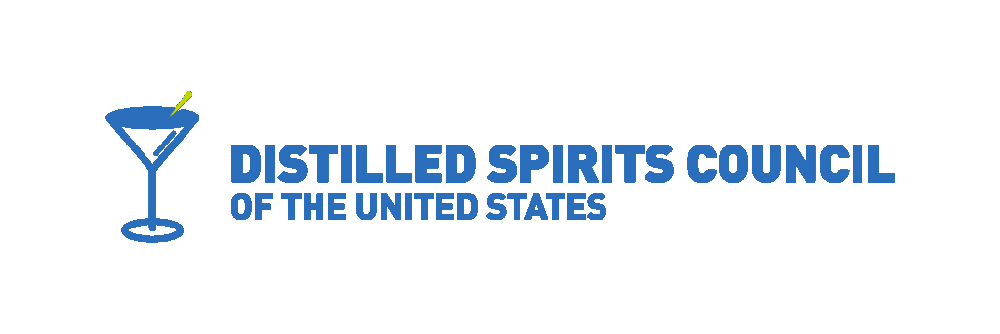 In advance of the holiday entertaining season, the Distilled Spirits Council of the United States (DISCUS) launched a new website, StandardDrinks.org, featuring a drink calculator and resources to assist adult consumers in making responsible decisions regarding alcohol consumption.
In advance of the holiday entertaining season, the Distilled Spirits Council of the United States (DISCUS) launched a new website, StandardDrinks.org, featuring a drink calculator and resources to assist adult consumers in making responsible decisions regarding alcohol consumption.
The website includes the definition of a “standard drink,” which contains 0.6 ounces of ethanol (the pure alcohol that is in all beverage alcohol), and the Dietary Guidelines for Americans’ recommendation for moderate drinking for adults of legal drinking age who choose to drink: up to one standard drink per day for females or up to two per day for males.
The site highlights the fact that there is no beverage of moderation, only the practice of moderation and features examples of “standard drink equivalents,” including: 1.5 ounces of 80-proof distilled spirits (40 percent alcohol by volume [ABV]), 5 ounces of wine (12 percent ABV), 12 ounces of beer (5 percent ABV), or 12 ounces of a canned, ready-to-drink (RTD) beverage (5 percent ABV).
“Knowing the definition of a standard drink and understanding drink equivalence are essential aspects of responsible alcohol consumption and are key educational components of StandardDrinks.org,” said Dr. Amanda Berger, Ph.D., DISCUS Vice President of Science and Health.
Visitors to the site can use the interactive calculator to input the volume, or container size, and the ABV of their beverage to see how it measures up to one standard drink.
“Today’s beer, wine and spirits products come in a range of containers with varying alcohol content, which makes the ability to calculate standard drinks even more critical,” said Dr. Berger. “The drink calculator gives consumers a way to see how their beverage of choice compares to one standard drink as defined by the U.S. Dietary Guidelines.”
Other resources on the site include educational consumer videos with Kathleen Zelman MPH, RDN, LD, nutrition expert and former director of nutrition at WebMD. In one video, Zelman uses popular RTD beverages to demonstrate the importance of understanding the alcohol content of these products and how they compare to the definition of one standard drink.
“As a dietitian, I counsel adults to keep track of their alcohol consumption by knowing the ABCs of ABV and how the alcohol content of the drink they choose relates to one standard drink,” said Zelman. “The Dietary Guidelines are arguably the most important road map we use to promote public health, and this new website will help to inform adult consumers about the government’s guidance on alcohol.”
The site links to additional resources on alcohol consumption from sources such as the National Institutes of Health (NIH), the United States Department of Agriculture (USDA) and Responsibility.org, the distilled spirits industry’s not-for-profit foundation to prevent drunk driving and underage drinking.
Dr. Berger stated that the new website is part of DISCUS’ commitment to promote the U.S. Dietary Guidelines as a USDA MyPlate Strategic National Partner.
“Over the decades, DISCUS has distributed several thousand copies of the U.S. Dietary Guidelines on alcohol to physicians, nutritionists and other health professionals,” said Dr. Berger. “Through this new website, the distilled spirits industry will continue to do its part to help disseminate the messages of the Dietary Guidelines.”
The website also notes that some adults should not consume alcohol at all and recommends that visitors discuss alcohol consumption with their physicians, who can determine what is best for them based on individual factors, such as family history, genetics and lifestyle.








